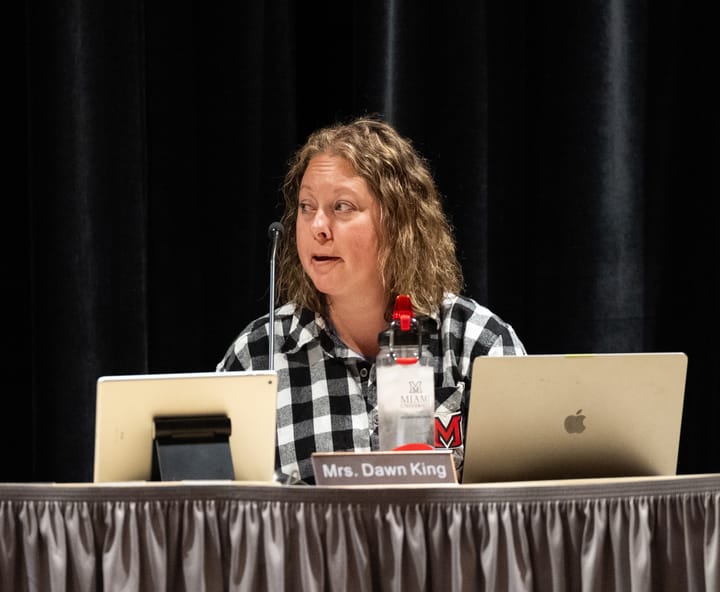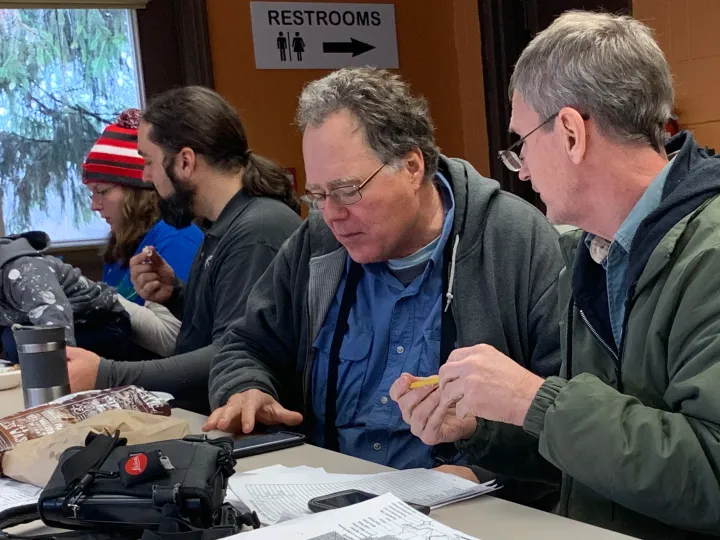Historic and Architectural Preservation Commission forms subcommittee for review of new historic district guidelines, discusses incentivizing system
Community development director estimates the guidelines will go before the council by the end of the year.

The Historic and Architectural Preservation Commission (HAPC) discussed an updated draft of Oxford’s historic district design guidelines at a meeting Wednesday, Sept. 10.
According to Sam Perry, community development director, it has been at least 30 years since the guidelines were comprehensively updated.
HAPC created a subcommittee to review the roughly 70 page document, consisting of commission chair Dana Miller, vice chair Brad Spurlock and member Kelsey Stryffe.
Perry estimated that after the guidelines were completely reviewed in the subcommittee and then committee, the guidelines would go before the city council in December this year.
Corey Watt, planning commission representative, mentioned his interest in communicating with the subcommittee and potentially attending meetings to advise members on guidelines which might conflict with zoning.
“I can think of a half dozen times we’ve found things that either in zoning code don’t go together, or (are) at least open interpretation,” said Watt. “I want to make sure that there’s alignment.”
Watt also brought up the potential creation of a type of incentivizing system that would create greater architectural cohesiveness in areas with both historical, and newly built, structures.
Zachary Moore, Oxford’s city planner and GIS coordinator, also attended the meeting. According to Moore, this incentivizing system has been discussed “at length with our working group on the unified development code.”
Moore showed HAPC what this might look like in practice, giving an example of a newly-built apartment complex in Washington D.C. Moore explained that its exterior is similar to that of the historic buildings surrounding it – a stark contrast to the strip mall which used to occupy that same space in the example.
According to Watt, “It’s still a relatively new concept for the city of Oxford to incentivize something that it wants to see more of. That logic is still getting into the culture of the administration.”
HAPC also voted to postpone a certificate of appropriateness application by Mark Weisman for sign modification concerning Brick Street Bar. Perry said this was upon the request of the applicant’s attorney via email, which explained that Weisman, nor the attorney, could attend the meeting.
According to Perry, the attorney also desired to be involved, as the attorney is currently in a similar case with Oxford’s board of zoning appeals.
HAPC’s next meeting is scheduled for Oct. 8 at 6 p.m.




